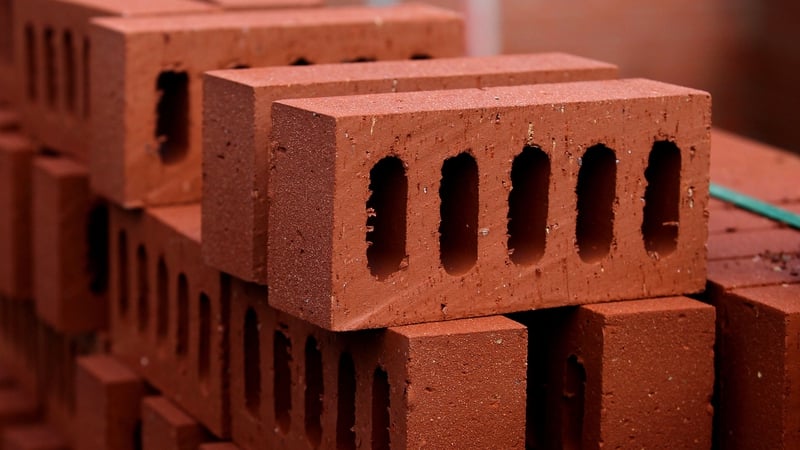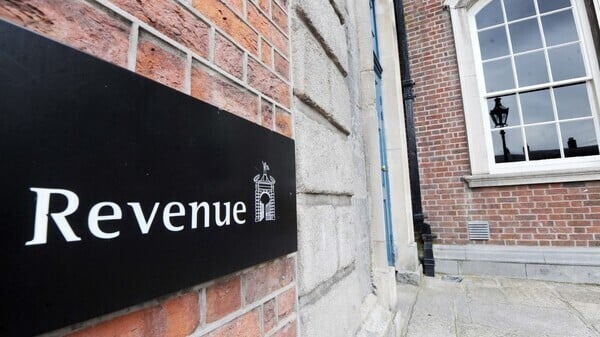More than 50,000 housing units could be completed here in the two years to the end of 2023, if house building continues at levels seen recently, according to the Banking and Payments Federation Ireland.
In its latest Housing Market Monitor, the BPFI said that could help meet the demand for housing which is being driven by employment growth and rising incomes.
Estimates from various bodies say the industry needs to be completing between around 30,000 and 35,000 housing units per year to keep pace with demand and projected population increases.
Others argue that the figure is likely much higher when demand for rental accommodation and the trend towards smaller household composition is taken into account.
The Central Bank forecast earlier this year that 24,500 units would be completed this year - 29,000 in 2023 and 33,000 in 2024.
"If the sector continues to build at a rate similar to second half of 2021, the expected increase in supply levels over the next two years should help to meet the demand we are seeing as a result of the strong employment levels and income increases," Brian Hayes, CEO of the BPFI, said.
"The Irish banking sector has the capacity to provide further sustainable mortgage lending. Taking all factors into account however is it critical that housing supply needs to continue to increase in order to moderate house price increases and enhance affordability in the market," he added.
Residential property prices increased by just over 14% in the year to June, according to the Central Statistics Office, as the supply of properties continued to lag demand.
That has seen prices moving back to levels last seen at the previous peak in 2007.
"The fundamental driver of the significant increase in average residential property prices in Ireland in recent years has been the lack of supply of new homes as opposed to lending growth, which was observed in mid-2000s," Ali Uğur, Chief Economist, Banking & Payments Federation Ireland said.
He referenced Central Bank figures which showed that as of the end of 2021, over 45% of mortgage lending had been issued under lending rules introduced by the regulator in 2015 which restricted lending based on income and the value of the property.
"In addition, the share of Private Dwelling Home (PDH) lending with an allowance, ie, over the Loan to Income (LTI) or Loan to Value (LTV) limits, has declined from 21% in 2016 to 14% in 2021 in value terms," he noted.
Surveyors and estate agents have forecast a moderation in house price growth next year as inflation and interest rate increases are expected to take some heat out of the market.
Although some non-bank lenders have pushed up mortgage interest rates in response to the recent ECB rate increase of 0.5%, on the whole rates have not increased sharply.
The ECB is on course to introduce another rate hike this week, possibly as high as 0.75%, which most lenders would be expected to be pass on to customers on variable rate mortgages and to fixed rate products too.






